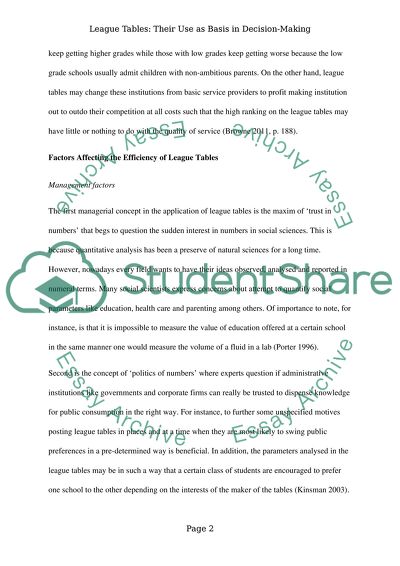Cite this document
(“League tables: their use as basis in decision-making Essay”, n.d.)
Retrieved from https://studentshare.org/other/1393326-see-order-instructions
Retrieved from https://studentshare.org/other/1393326-see-order-instructions
(League Tables: Their Use As Basis in Decision-Making Essay)
https://studentshare.org/other/1393326-see-order-instructions.
https://studentshare.org/other/1393326-see-order-instructions.
“League Tables: Their Use As Basis in Decision-Making Essay”, n.d. https://studentshare.org/other/1393326-see-order-instructions.


